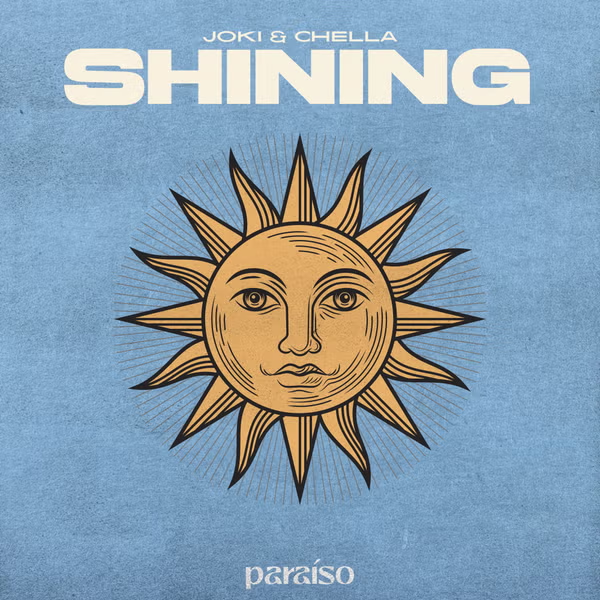Codeine is a type of pain medicine called an opioid. Codeine is used to treat mild to moderate pain and also to reduce coughing where treatment with an opioid is appropriate and for which alternative treatments are inadequate.
It is usually combined with other medicines, such as acetaminophen, prescription pain medicines, and over-the-counter (OTC) and prescription cough and cold medicines. When codeine enters the body, it is changed (metabolized) in the liver to morphine, the active form.
Morphine relieves pain and cough and is also responsible for side effects that some people may experience. Tramadol is a prescription opioid medication approved for use in adults to treat pain that is severe enough to require an opioid analgesic and for which alternative treatments are inadequate.
Taking tramadol can cause dependence in the body, leading to withdrawal symptoms with reduced or stopped use. If you are dependent on tramadol, stopping all at once can pose serious health risks to both you and your baby.
Codeine and tramadol are opioid medicines that may be used to treat pain. Codeine is also in some cough and cold remedies.
These medicines can cause life-threatening breathing problems in children. Some children and adults break down codeine and tramadol into their active forms faster than other people. That can cause the level of opioids in these people to rise too high and too quickly.
Nursing mothers who are taking codeine or tramadol can pass unsafe levels of opioids to their babies through breast milk. Those infants can become too sleepy, have difficulty breastfeeding, or have serious breathing problems.
The FDA is warning that children younger than 12 shouldn’t take codeine products to treat pain or cough or tramadol to treat pain.
The FDA hasn’t approved tramadol for use in children. Kids younger than 18 shouldn’t take tramadol to treat pain after surgery to remove the tonsils (tonsillectomy) or adenoids (adenoidectomy). (Codeine labeling already warns that children should not be treated for post-surgery pain with codeine in these cases.)
Youths ages 12 through 18 who are obese or have obstructive sleep apnea (blocked airflow during sleep) or a weakened respiratory system shouldn’t take codeine or tramadol. These risk factors can increase their chances of serious breathing problems.
Tramadol is available only for adults and by prescription to treat pain. Codeine products are available by prescription and, in some states, over-the-counter (OTC). Codeine is often combined with acetaminophen in prescription pain medicines and with other cold medicines for the treatment of cough.
There are several alternatives for pain management in children, which you should discuss with your health care professional or pharmacist.
There are also alternative OTC and prescription medications available for cough. The FDA doesn’t recommend OTC cold and cough medicines for children younger than 2.
Even in older children who have colds, coughs are generally mild and go away in a few days, so they may not need to take any medicine.
If you are abusing tramadol and become pregnant, you are not alone. However, it is in the best interest of both yourself and your baby to seek professional treatment immediately to help you stop taking the drug.
Tramadol isn’t the only medication that can be unsafe to take during pregnancy. However, as a drug that is still prescribed to many pregnant people, its risks have received special attention and research funding.
According to one study from 2014, as many as 21.9 percent of pregnant people from 47 states reported taking a prescription opioid at some point during their pregnancies. In some states, this percentage is as high as 41 percent.
Health risks of taking tramadol while pregnant include:
birth defects
neonatal abstinence syndrome (when a baby experiences drug withdrawal symptoms following birth)
congenital heart defects
premature birth
miscarriage or stillbirth
low birth weight
Taking tramadol during any stage of pregnancy is not without risk, and can occur even when taken in moderate doses. Tramadol can cross over into the placenta, exposing a developing fetus to traces of the drug.
How much of the drug the fetus is exposed to can vary depending on how much is taken by the mother.
Each year, thousands of babies in the United States are born addicted to opioids, resulting in a condition known as neonatal abstinence syndrome. Neonatal abstinence syndrome (NAS) refers to withdrawal symptoms experienced by newborns exposed to drugs during pregnancy. These symptoms typically appear within a week of being born.
The severity of withdrawal symptoms in infants can vary. Some symptoms, such as excessive crying and irritability may even seem normal and be initially overlooked. Symptoms that persist, however, can indicate a more serious problem, especially when accompanied by other concerning symptoms.
Tramadol abuse is not just dangerous for a developing baby, but for maternal health as well. Pregnancy can be a challenging time, fraught with bodily pains, aches, hormonal changes, and rapid mood swings. Having a drug or alcohol problem can make these symptoms even worse.
Over time, tramadol abuse can have physical, mental, and psychological effects that can add to the challenges of pregnancy. Opioid abuse can create significant stress in a person’s life, putting them at higher risk for spontaneous abortion (miscarriage) at any point during pregnancy, and stillbirth.
People who abuse tramadol often suffer from conditions such as malnourishment, which can endanger maternal health and fetal development. Taking care of one’s physical and mental health during pregnancy is essential to delivering a healthy baby and preparing to take care of a new child.
The first step to overcome tramadol abuse is to contact your doctor. Although talking about a drug problem can be difficult, reaching out to a doctor is the best way to find out what type of support and treatment you will need to help you recover.
Healthcare professionals should be aware that breastfeeding is not recommended during treatment with codeine or tramadol due to the risk of serious adverse reactions in breastfed infants such as excess sleepiness, difficulty breastfeeding, and serious breathing problems, which may result in death.





























